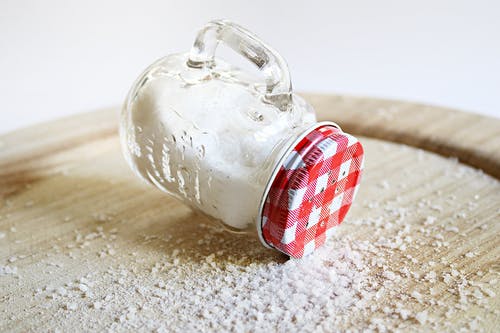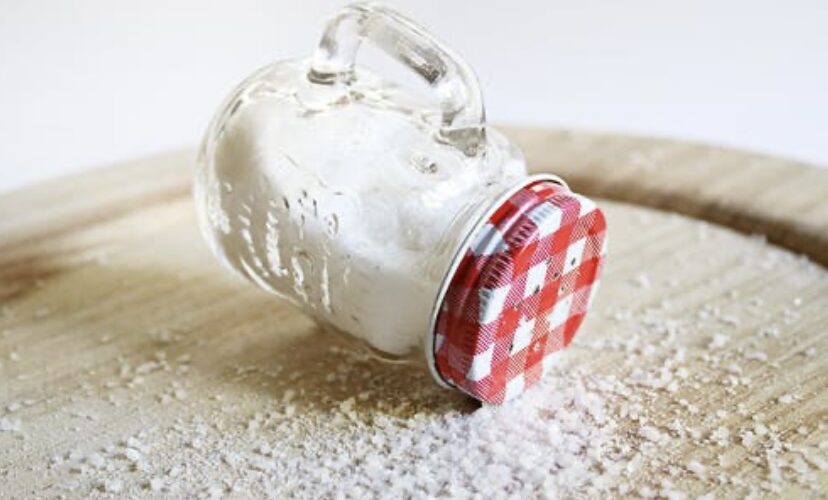Spice of the week: Salt
Salt has existed since the beginning of time. Salt has been used as a food flavoring and in food preservation methods since around 6000 BC. At the grocery store you will see numerous varieties of salt, such as iodized salt, kosher salt, sea salt, etc. While there are different preferences and mentalities regarding which salt is best to consume, one commonality among the different types of salts is that they contain the minerals sodium and chloride (both which have vital roles in body function).
Although salt gets a bad rap for potentially causing health issues, it does contain some health benefits that are imperative for the body to function. Sodium plays a vital role in absorption of chloride, amino acids, and water in the small intestine. Sodium also plays an important role in blood volume and blood pressure. Although you have probably heard that excessive sodium can adversely affect blood pressure, some sodium is needed in order implement the intricate scientific processes that regulate the sodium balance needed for optimal blood volume and blood pressure in the body. Chloride is an essential component of gastric juice in the digestive system, which aids in the digestion and absorption of various nutrients. Both sodium and chloride contribute to cell membrane maintenance, enabling those cell membranes to function in nerve impulse transmission, muscle contraction, and cardiac functions.
Unfortunately, it is easy to consume excessive salt because it is in so many foods According to the Academy of Nutrition and Dietetics, most people should consume no more than 2300 mg per day (approximately 1 teaspoon). Although this sounds like a tiny amount of salt, most people are not consuming that amount in one meal. Instead, they are consuming salt throughout the day. According to data from the CDC, only about 30 percent of Americans daily salt intake comes from the salt shaker. Americans tend to consume more salt in highly processed foods and ready to eat foods. One challenge is that salt is found in foods that are not considered salty, such as bread, salad dressings, and grab and go items.
So you might be wondering, “How can I reduce salt in my diet?” Here are some recommendations below.
- Watch portion sizes with highly processed foods
- Rinse canned vegetables and beans before consuming them
- Purchase low sodium broths/stocks or make your own
- Limit use of the salt shaker
- Consume more fruits, vegetables, and whole grain foods
- Use other spices and herbs in your cooking
- Read nutrition labels and consider the sodium content in those foods
What type of salt do you like to use? What are some ways you monitor your salt consumption?




Leave a Reply